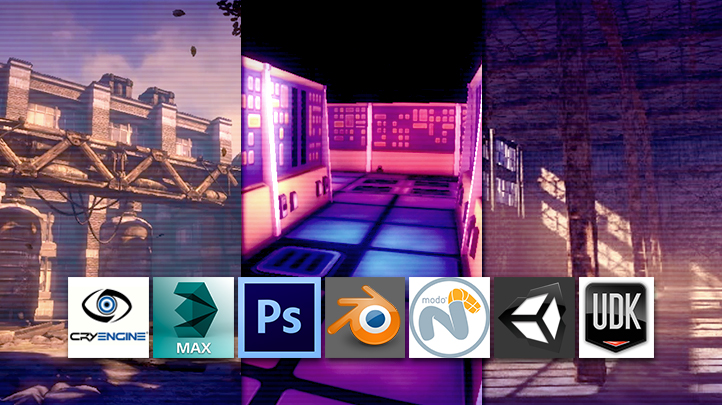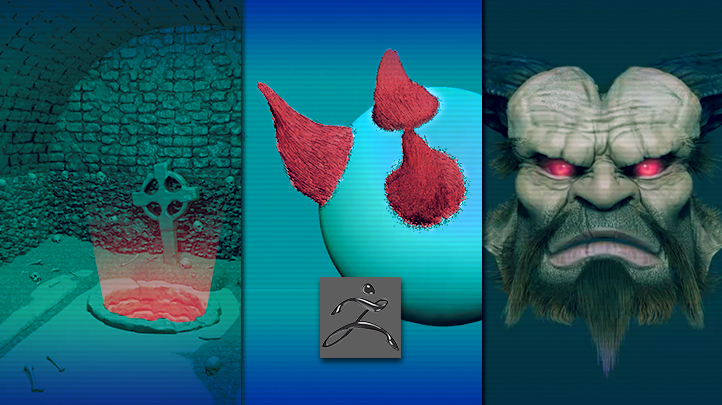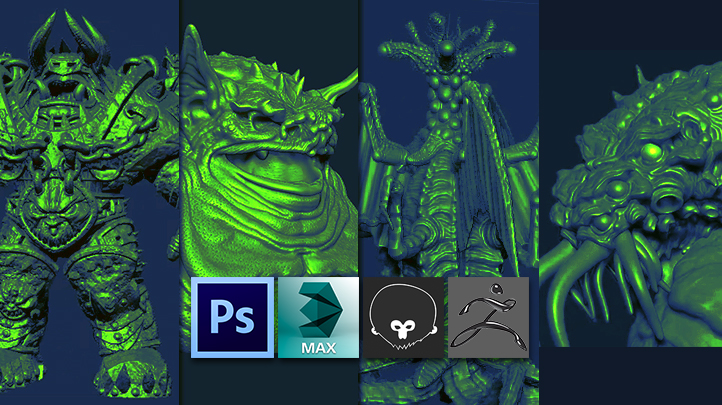Copyright © 2025 LOOP All Rights Reserved.
Mastering Digital Design - An Introduction to C# Programming, Scripting, and Coding for Games
Course Description
The Unity Game Engine is among the most popular used today in the Game Industry. This course will give you a Beginner-To-Intermediate understanding of programming and understanding technical scripting and how it is used in today’s popular games. Alan Thorn and Char Morgan will be covering C# fundamentals as well as how to script in Unity using the C# language and the basics in writing scripts in Maya in both MEL and Python respectively. Additionally, learn how to create believable game worlds and behaviours by scripting gameplay in C#. By the end of this course you’ll have established a highly valuable foundation for coding confidently with C# to develop sophisticated games that are impressive and marketable.
Learn tips and tricks of creating dynamic animation and games design.
- Know about the different branches in animation
- Learn about what goes into making a successful animation
- Understand better about the designing process with this course
- Be able to create your own monsters and creatures at the end of this course
Course Objectives
1. Learn how programming is used in game development
2. Understand the technical features of developing games
3. Know and understand the basics of C#
4. Be able to script in Unity
5. Know how to create environment with C#
Content
C# for Unity Developers - Volume 1
Preview Available
C# for Unity Developers - Volume 2
C# for Unity Developers - Volume 3
Intro to Scripting in Maya
Advanced C# in Unity 5 - Volume 1
Advanced C# in Unity 5 - Volume 2
Advanced C# in Unity 5 - Volume 3
Advanced C# in Unity 5 - Volume 4
Advanced C# in Unity 5 - Volume 5
Advanced Scripting in Maya - Volume 1
Advanced Scripting in Maya - Volume 2
Advanced Scripting in Maya - Volume 3
Advanced Scripting in Maya - Volume 4
Advanced Scripting in Maya - Volume 5
Mastering Digital Design - An Introduction to C# Programming, Scripting, and Coding for Games
- Duration 21 hr 4 mins
- Skill level All Levels
- Languages en_US
- Tag(s) NEW Design Games Design Animation








